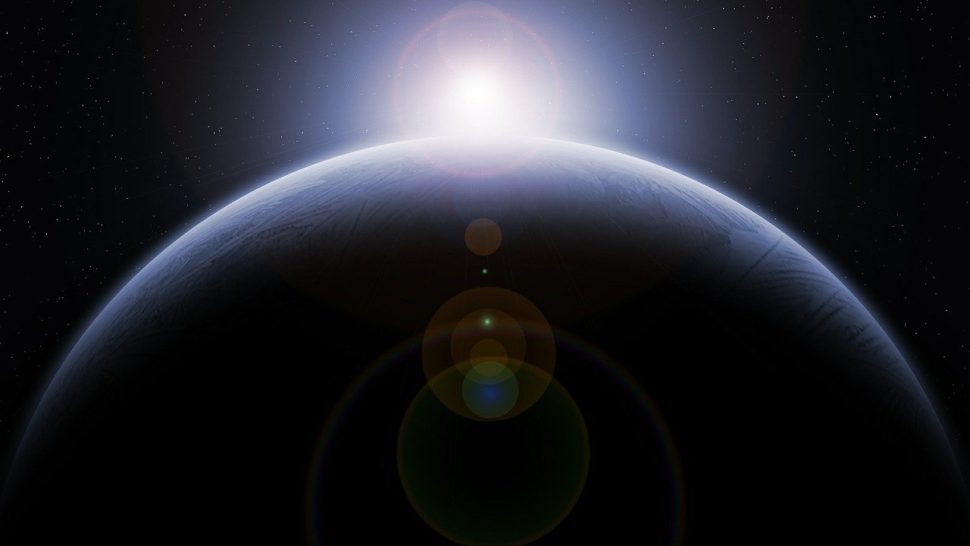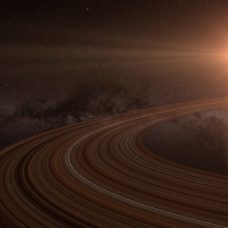Direct evidence of extraterrestrial life has always remained elusive.
However, the exoplanet-hunting mission — such as Kepler — have also changed our idea of how planetary systems are formed. As a result, scientists no longer have to rely heavily on speculations and conjectures to find life beyond our solar system.
Currently, researchers have discovered over 4,500 exoplanets. What’s more, scientists have deemed several of these planets habitable.
That means they are rocky with a moderate enough temperature for liquids to exist on the surface — criteria that make Earth habitable. These planets are also in the right orbital around its star.
After refining the search a bit, researchers at Washington State University have come up with 24 such exoplanets. And they suggested that these discoveries are even more habitable than Earth.
In a statement, the lead author of the study and professor with WSU, Dirk Schulze-Makuch, said:
“We have to focus on certain planets that have the most promising conditions for complex life. However, we have to be careful to not get stuck looking for a second Earth because there could be planets that might be more suitable for life than ours.”
The researchers published their findings in the journal Astrobiology.
Finding Exoplanets That are More Habitable Than Earth
For the study, Schulze-Makuch teamed up with astronomers René Heller and Edward Guinan.
Together, the researchers identified “superhabitability” criteria. They searched among the 4,500 known exoplanets for candidates that possessed the conditions that would be conducive to life.
According to the team, one thing that could suggest that a planet might be habitable is its Sun.
The general belief is that an orbit around a G-type star — like our Sun — would be the best place to find a habitable planet. But research shows that such spans have a lifespan of about eight to 10 billion years.
Meanwhile, it took four billion years for anything besides the simplest of life to evolve in our world.
Unlike the G-type star, a K-type star would be cooler and less massive. It would also have a lifespan of up to 70 billion years — providing a considerable amount of time for life to emerge and develop.
The researchers also pointed out other habitability factors, such as size and mass.
Another reason Earth is habitable is that it’s massive enough to be geologically active. This results in a protective magnetic field, including a gravity large enough to retain an atmosphere.
The researchers admitted that none of the twenty-four exoplanets possess all the characteristics necessary to support life. However, they identified one planet that has four of the critical factors.
Nevertheless, all 24 planets could be the focus for future telescope studies.
“With the next space telescopes coming up, we will get more information, so it is important to select some targets,” Schulze-Makuch concluded.



















Investment is one of the best ways to achieve financial freedom. For a beginner there are so many challenges you face. It’s hard to know how to get started. Trading on the Cryptocurrency market has really been a life changer for me. I almost gave up on crypto at some point not until saw a recommendation on Elon musk successfully success story and I got a proficient trader/broker Mr Bernie Doran , he gave me all the information required to succeed in trading. I made more profit than I could ever imagine. I’m not here to converse much but to share my testimony; I have made total returns of $10,500.00 from an investment of just $1000.00 within 1 week. Thanks to Mr Bernie I’m really grateful,I have been able to make a great returns trading with his signals and strategies .I urge anyone interested in INVESTMENT to take bold step in investing in the Cryptocurrency Market, he can also help you RECOVER your lost/stolen Cryptocurrencies. you can reach him on WhatsApp : + 1 (424) 285 – 0682 or his Gmail : BERNIEDORANSIGNALS @ GMAIL . COM bitcoin is taking over the world, tell him I referred you/